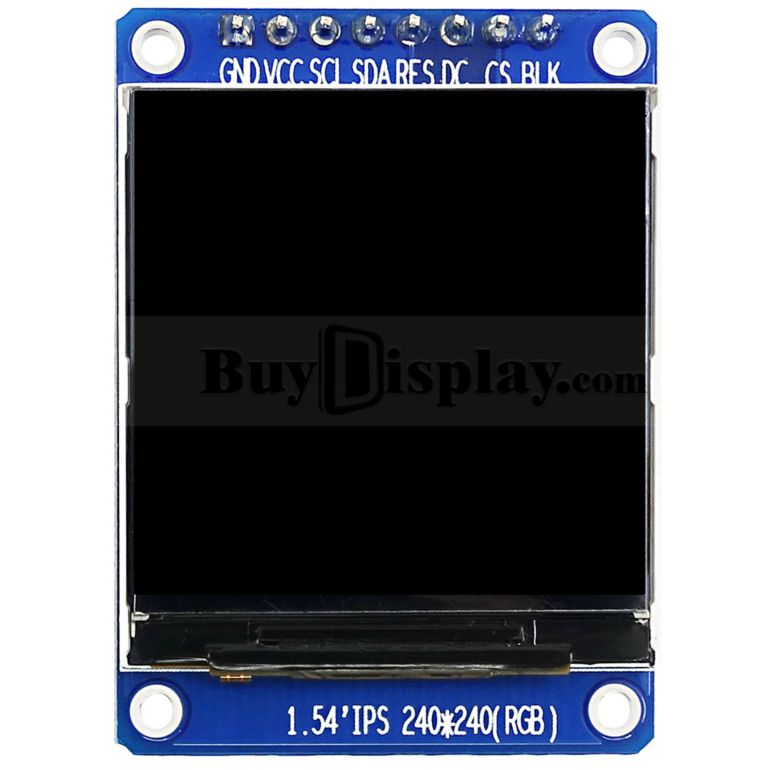A Mikrotik
RBM33G RouterBOARD, and a two
1.54" IPS panel 240x240 display modules (with a PCB instead of a FFC/FPC cable) from EastRising/BuyDisplay.com.
The RBM33G will be a 4G/LTE router/firewall running OpenWRT, and one of the display modules a small status display for it, hopefully. (I'll need to write userspace support from scratch. Note that although the pins are marked SDA/SCL, it uses the typical 4-wire SPI: clock, data, chip select, and command/data.)


I forgot all my serial adapters have TTL level outputs instead of RS-232, so now I'm waiting for my adapter to arrive how much work it is to add the status display; whether the GPIO pins are sufficiently supported by the Linux kernel, or if I have to use a microcontroller in between.
The two top left board sockets on the RBM33G are USB-based mini-PCIe slots for WWAN modems; I'll be using a Huawei ME909s-120. The one top right is a M.2 NVMe 2242 slot for a PCIe-based SSD, next to an USB 3.0 socket. On the bottom, you can see the RS-232 serial port and three gigabit ethernet connectors. I've ordered a Kioxia BG4 128GB 2230 SSD (removed unused from a Dell laptop) as they're known to work with this board, and it was cheap enough; I like to play with this kind of hardware, so I think it'll be useful for me. An SSD is completely unnecessary for normal router/firewall use; it has 16MiB flash for an OS built-in, and a smaller separate flash for a bootloader. And 256MiB of RAM, so OpenWRT should run just fine on it.
(Simply put, I got fed up with crappy USB-WWAN adapters, and wanted something really designed for this kind of use. The USB adapters only have a DC-DC converter from USB 5V to 3.8V, and some passive decoupling capacitors, but even so, the ones I can find are just.. not something I can rely on. An LDO generates too much heat. I'm not an EE, and don't trust myself enough to design the board layout using TI TLV62569DBVR buck controller, because of the switchmode EMI, although it'd be near perfect for this use case otherwise.)